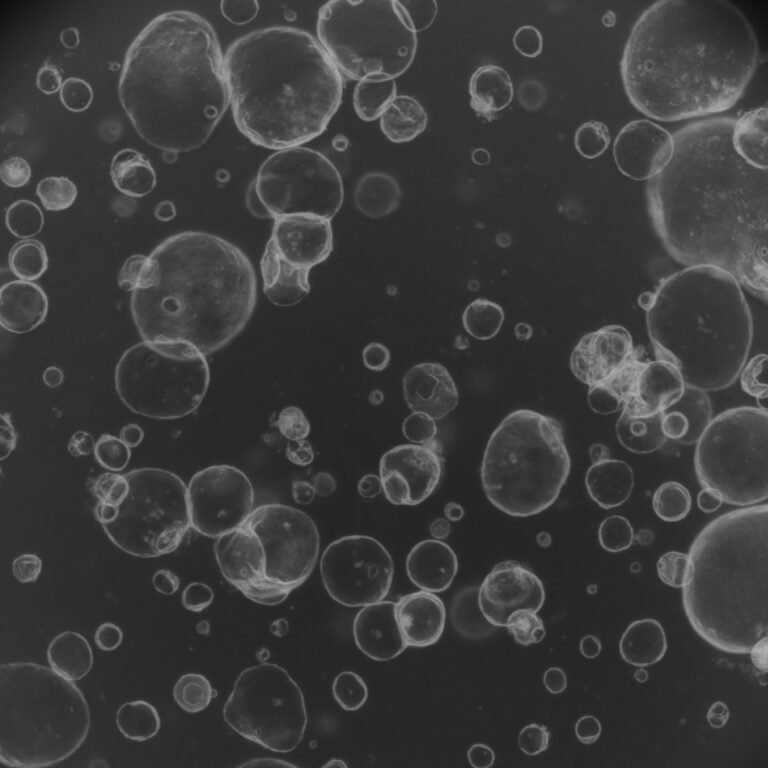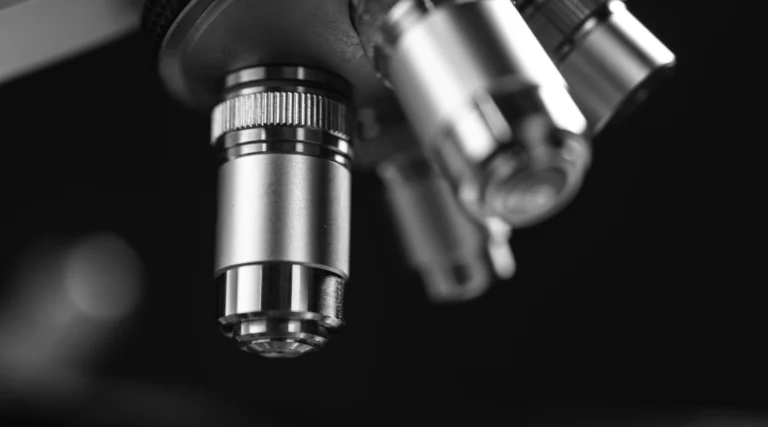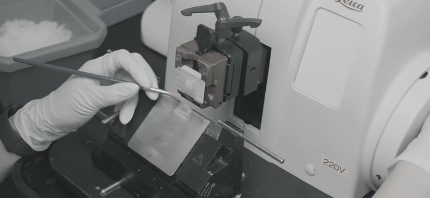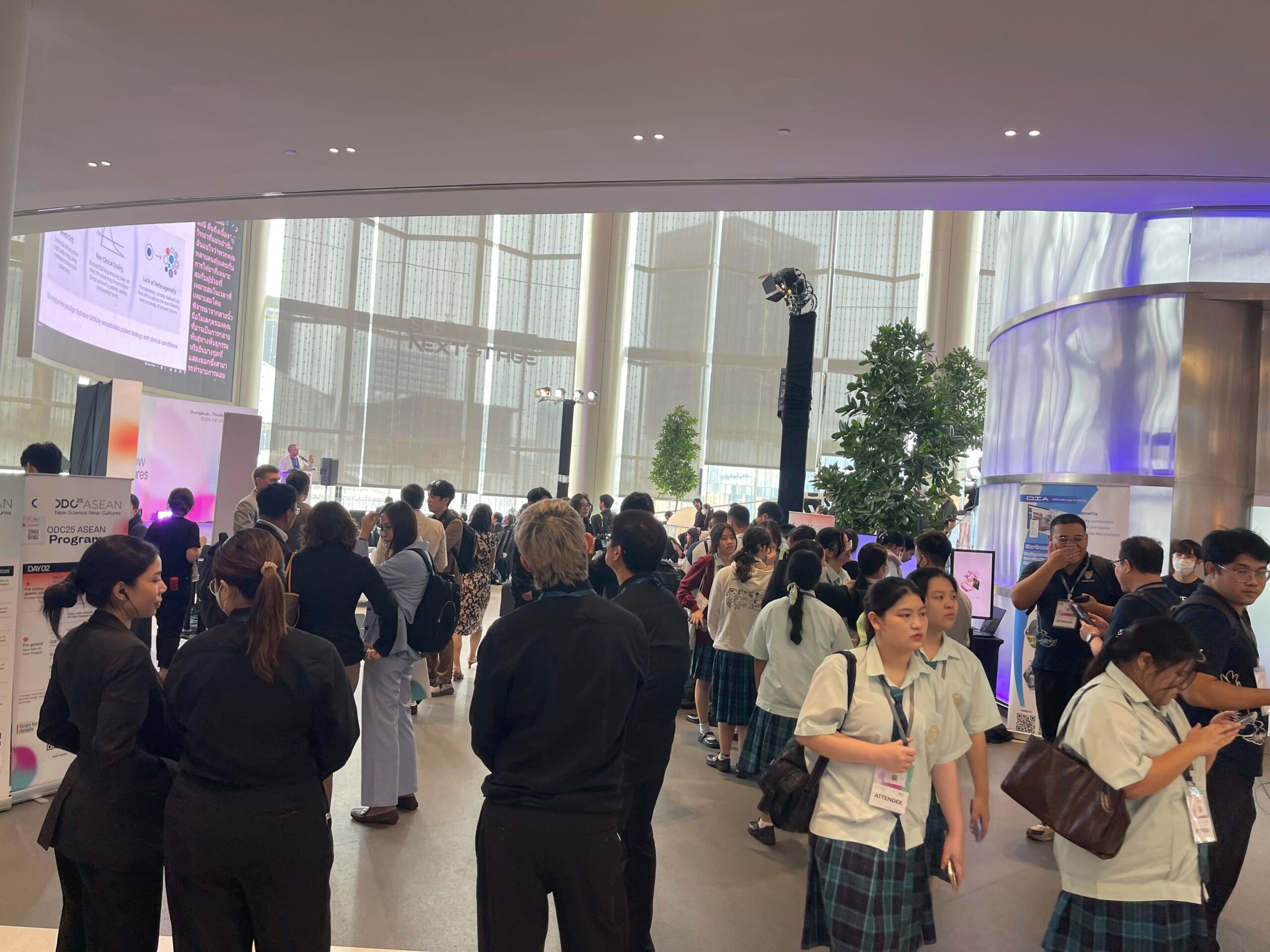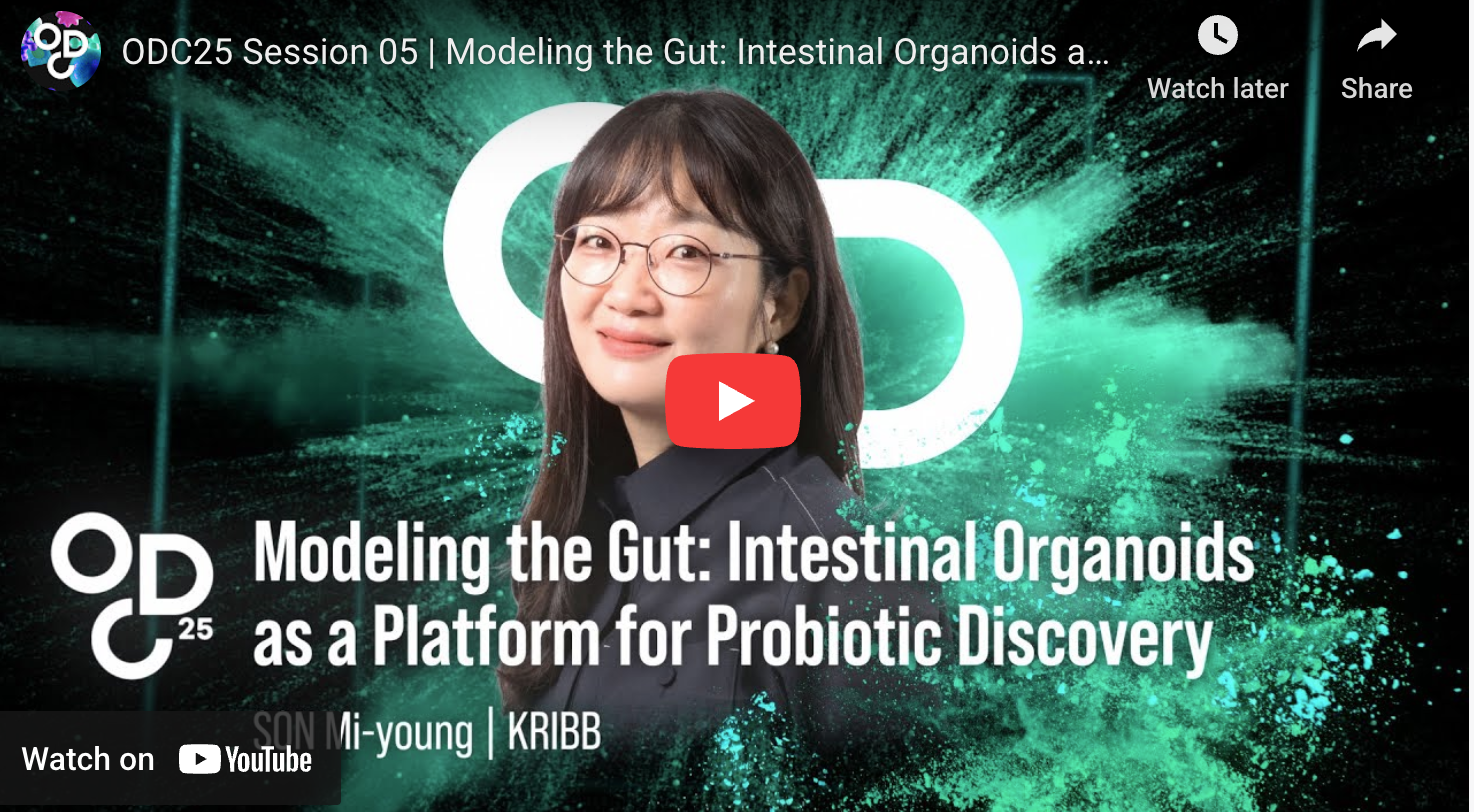Biotechnology is transforming rapidly – cellular agriculture delivers sustainable protein alternatives, microbiome research unveils new health insights, and advanced bioinformatics tools accelerate discoveries by interpreting vast genomic datasets.
As science advances, a fresh approach to communication emerges alongside it. Today’s biotechnology influencers skillfully translate complex research into compelling content that resonates with diverse audiences. On TikTok, @labskillacademy delivers practical industry insights and career guidance, connecting with thousands of future researchers and addressing the sector’s growing talent demands. Meanwhile, @hubermanlabs podcast, hosted by Andrew Huberman, Ph.D., a neuroscientist, captivates YouTube viewers with accessible neuroscience explanations, enabling everyday conversations about how our brains influence perception, behaviour, and wellbeing, no biology doctorate required.
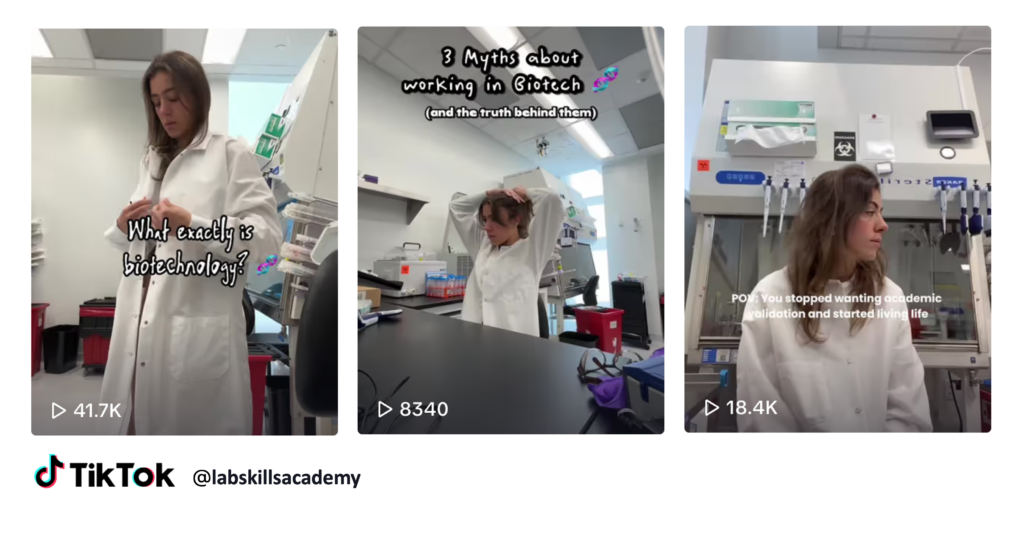
These digital science communicators do more than simplify concepts, they create meaningful connections between innovations and key stakeholders, including investors seeking opportunities, patients exploring treatment options, and policymakers shaping regulations. The symbiosis of research with strategic digital communication represents biotechnology’s newest frontier, creating easily accessible stories that drive meaningful engagement and understanding.
A perfect example of this shift is the reimagining of the iconic Dumb Ways to Die campaign. Originally a viral metro safety video from Australia, the campaign used charming characters to convey serious messages, and became so successful it evolved into a global mobile game. Recently, AFI (Animal Free Initiatives) adapted the concept for World Day for Laboratory Animals (April 24). Still adorable in animation style, the new version tells a very different story: the quiet suffering of animals in laboratories, used in the name of science. It’s a clever and emotional example of how scientific advocacy can break through digital noise using familiar, viral formats.
Meanwhile, from another perspective, science is everywhere in pop culture, from sci-fi blockbusters to true crime shows, but how accurate are these portrayals? The blog Science in Pop Culture explores the gap between real-life science and Hollywood storytelling, debunking common myths and celebrating the everyday work of real scientists. A fun, insightful read for anyone curious about what happens behind the lab doors.
Biotech is no longer confined to the lab – it’s part of our feeds, our conversations, and our cultural imagination. As the science advances, so must the way we share it, turning research into stories that inform, inspire, and connect.
